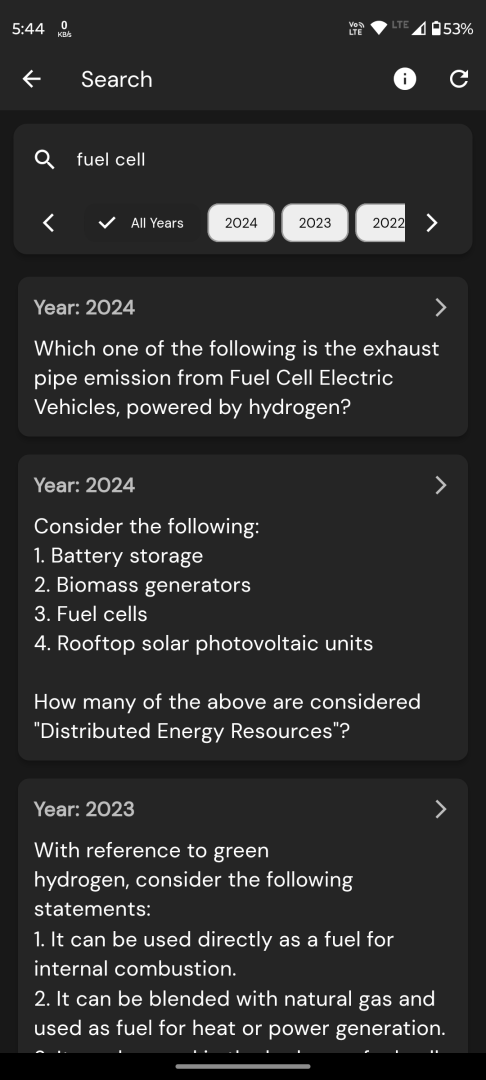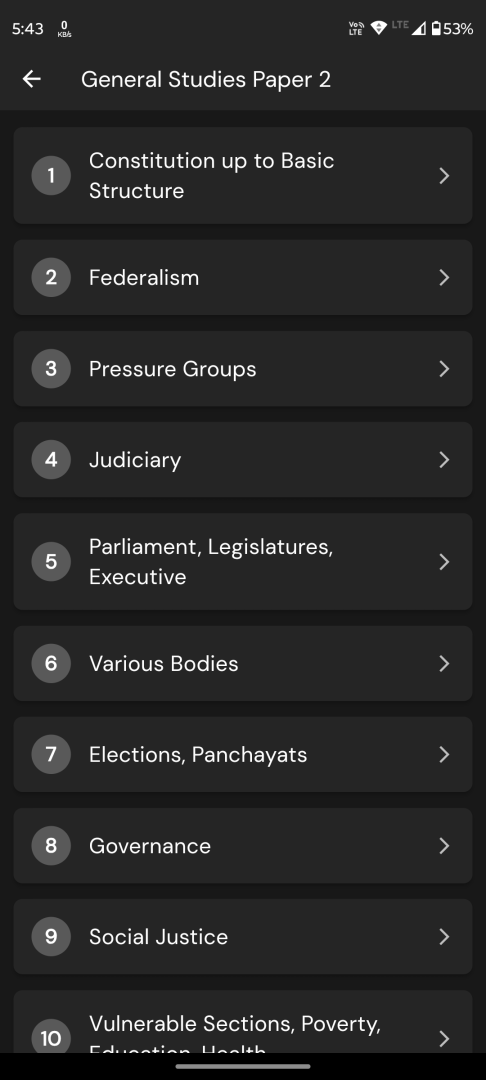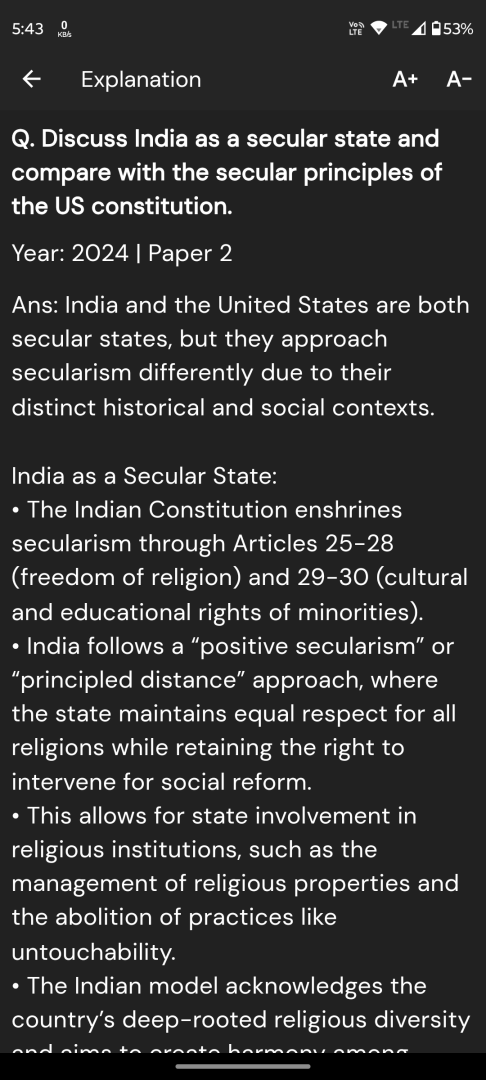Q. Which of the following represent the suitable condition for the liquefaction of gases ?
a) Low temperature, high pressure
b) Low temperature, low pressure
c) High temperature, high pressure
d) High temperature, low pressure
Question from BPSC PT 70, 2024
The correct answer is: Option A: Low temperature, high pressure.
Explanation:
Liquefaction of gases
Liquefaction of gases refers to the process of converting a gas into a liquid. For this to occur, the gas molecules need to come closer together so that intermolecular forces can act effectively to hold them in a liquid state. This is achieved under the following conditions:
1. Low Temperature: At lower temperatures, the kinetic energy of gas molecules decreases. This reduction in kinetic energy allows the intermolecular forces (such as van der Waals forces) to dominate, making it easier for the gas to condense into a liquid.
2. High Pressure: Applying high pressure forces the gas molecules closer together, increasing the likelihood of intermolecular attractions and facilitating the transition to the liquid phase.
Therefore, the combination of low temperature and high pressure creates the most suitable conditions for the liquefaction of gases.





